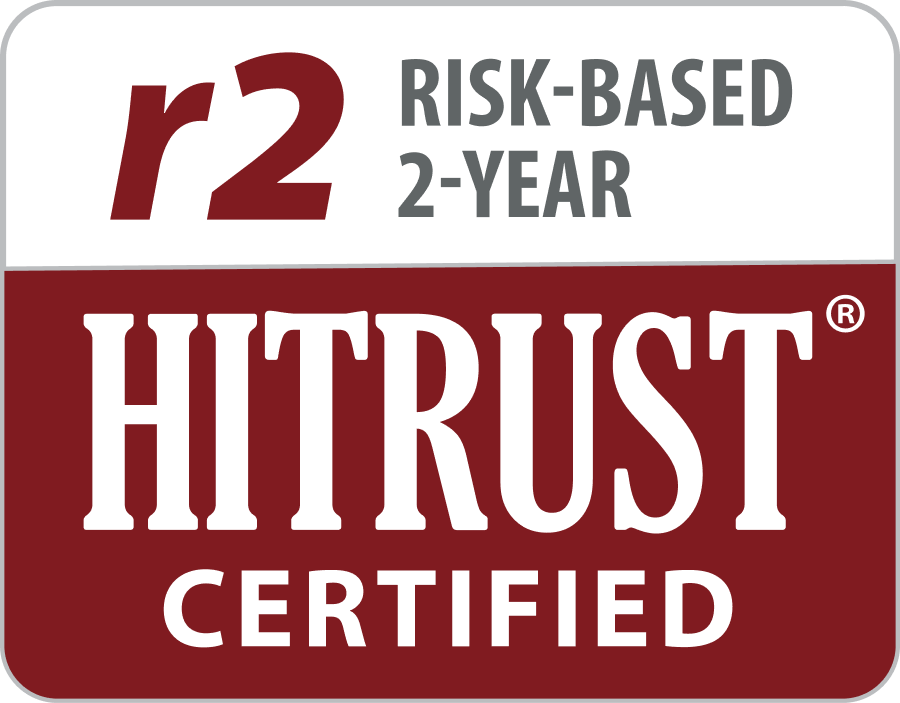
by Lynn Kryfke, MSN, RN, Sr. Consultant, Risk Adjustment | Jon Rogers, Sr. Consultant, Risk Adjustment
Telehealth has been around for decades, but the COVID-19 pandemic thrust it into the spotlight when patients couldn’t see practitioners in-person. Suddenly, telehealth via video, audio, text, and email became a lifeline, one that’s especially beneficial for patients who have an established relationship with providers, those dealing with chronic conditions, people living in rural areas, and those seeking behavioral health services. And, with 90% of U.S. adults owning smartphones, telehealth has the potential to make healthcare more equitable and accessible than ever before.
Telehealth’s Impact on Risk Scores
As telehealth utilization continues to climb, it has become increasingly important to consider its impact on the calculation of member risk scores. CMS frequently revises policies that influence coding, documentation, billing, and the eligibility of practitioners to provide telehealth services. The significant changes initiated by CMS during the pandemic have prompted extensive rulemaking in order to reevaluate reimbursement rates based on the method and location of care delivery.
Medicare Rule Changes Since March, 2020
| Before March, 2020 After March, 2020 | |
| Who can perform and receive telehealth? | |
| Only certain licensed providers | Any clinician can bill for Medicare services |
| Patients and providers who have a preexisting relationship | No preexisting relationship required |
| Where can telehealth be done? | |
| Only at prespecified sites (e.g., designated rural areas, certain medical facilities) | Telehealth may originate and be conducted from any site, including patient’s home |
| Physicians must conduct telehealth from their places of practice | Physicians may conduct telehealth from home |
| Telehealth may not cross state lines | Telehealth can now be provided to patients in another state (state-specific restrictions still apply) |
| What technology must be used for telehealth visits? | |
| Must be real-time audio-visual (e.g., video technology) | Audio-visual OR audio-only are allowed |
| Only approved technology platforms | Expanded approved platforms, including FaceTime, Skype and Zoom |
| How is telehealth reimbursed? | |
| Medicare coinsurance and deductibles apply to telehealth visits | Providers may waive cost-sharing for telehealth paid for by federal programs |
| Reimbursements for telehealth services are lower than for in-person services | All telehealth visits, including audio-only, will be reimbursed as if service was furnished in-person |
Prior to 2020, practitioners struggled with inadequate reimbursement, place-of-service requirements, and technology limitations. As telehealth has become a valid method to provide patient care, CMS has made permanent and temporary changes to requirements and reimbursement.
Permanent Medicare Changes
- Federally Qualified Health Centers (FQHCs) and Rural Health Clinics (RHCs) can serve as a distant-site provider for behavioral telehealth services
- Medicare patients can receive telehealth services for behavioral health in their homes
- There are no geographic restrictions for originating site for behavioral telehealth services
- Behavioral telehealth services can be delivered using audio-only communication platforms
- Rural Emergency Hospitals are eligible originating sites for telehealth
Temporary Medicare Changes Through December 31, 2024
- FQHCs and RHCs can serve as a distant-site provider for non-behavioral health telehealth services
- Medicare patients can receive telehealth services in their homes
- There are no geographic restrictions for originating site for non-behavioral telehealth services
- Certain non-behavioral telehealth services can be delivered using audio-only communication platforms
- An in-person visit within six months of an initial behavioral telehealth service, and annually thereafter, is not required
- Telehealth services can be provided by any Medicare-eligible provider
Place of Service (POS) Codes
Place of service codes have also been updated:
- HCFA 1500 claim POS code 02: Telehealth provided other than in patient’s home
- HCFA 1500 claim POS code 10: Telehealth provided in patient’s home
Billing Best Practices
It’s important for payers and providers to stay current on telehealth coding and billing best practices. Documentation of the visit and patient consent is critical when providing care virtually. Here’s the guidance CMS provided on billing to improve reimbursement:
- Some CPT and HCPCS codes are only covered temporarily
- Using the wrong code can delay reimbursement
- Providers and payers need to stay up-to-date on the latest Medicare billing codes
- Post-visit documentation must be as thorough as possible
- There are differences in documenting in-person visits v. telehealth visits
- The type of consent received from the patient should be noted as verbal or written
- Telephone codes are required for audio-only appointments and office codes are used for audio and video visits
As telehealth continues to revolutionize accessibility and delivery, it’s imperative for organizations to ensure the completeness and accuracy of risk adjustment programs. With our expertise and deep understanding of industry trends, ATTAC Consulting Group can help your plan navigate the complexities of telehealth integration. From coding and documentation to practitioner compliance, ATTAC supports risk adjustment programs to achieve risk score accuracy.
Reach out to us today to learn how ATTAC can help your organization thrive in this new era of virtual healthcare.
About ATTAC Consulting Group
ATTAC Consulting Group is nationally recognized for its expertise in regulatory interpretation, design, and operation of effective compliance programs for Medicare, Medicaid and commercial health plans, PDPs, ACA plans, ACOs, IPAs, medical groups, dental and vision plans.
Sources:
- The State of Telehealth Before and After the COVID-19 Pandemic – PMC (nih.gov)
- Medicare Payment Policies | Telehealth.HHS.gov
- Billing and Coding Medicare Fee-for-Service claims | Telehealth.HHS.gov
- Telehealth Policy Changes After the COVID-19 Public Health Emergency
- CMS: Applicability of diagnoses from telehealth services for risk adjustment

